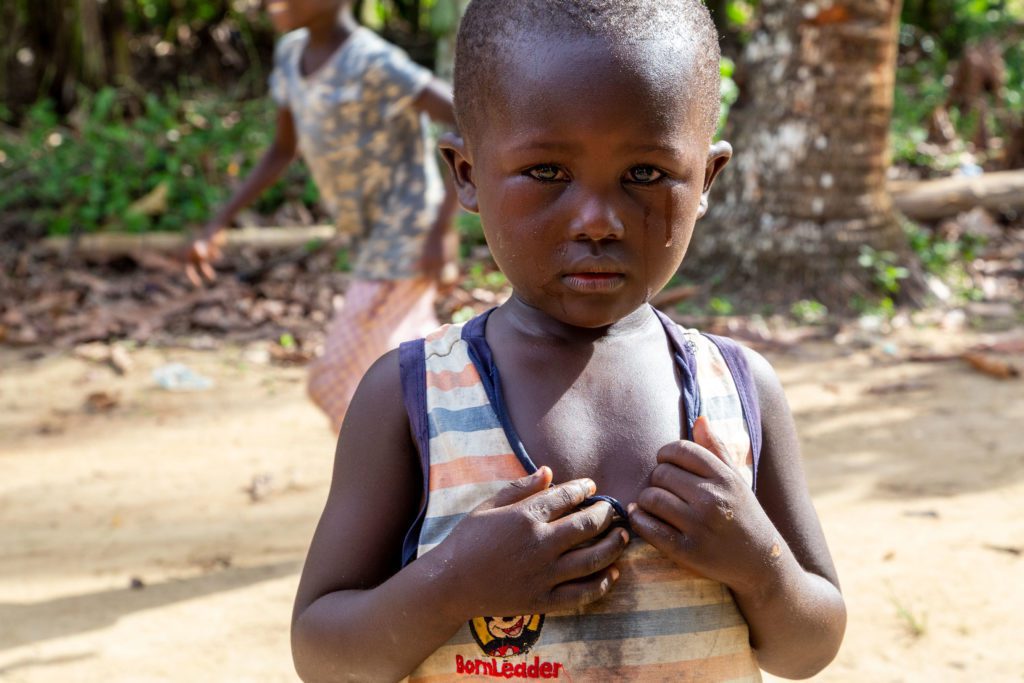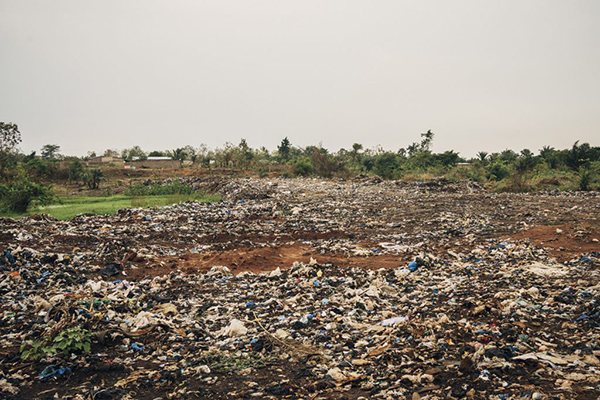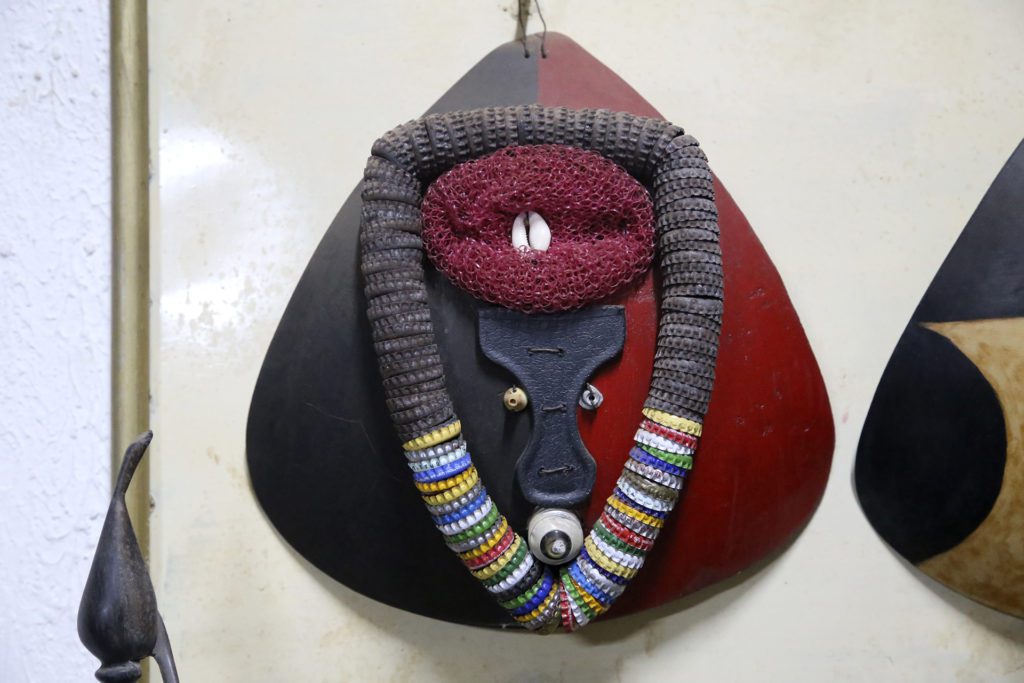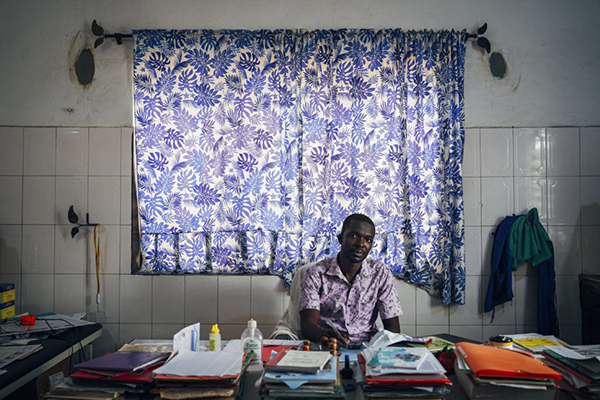In 2020, 87,000 suspected cases of yaws were reported. The WHO road map for NTDs envisages that all countries should be free from the transmission of this disease by 2030.
What would happen if we managed to mobilise resources and speed up research into neglected diseases? We would reduce or even eliminate some of them from the countries where they are endemic in just a few years. This is the main premise behind the 2021-2030 road map laid down by the WHO for the global fight against NTDs.
In the case of yaws, an infectious disease which disfigures and disables if not treated in time, it could be eliminated soon.
Can yaws beIs it possible, then, to erradicate yaws?
Yaws is a disease that is relatively easy to treat if detected early. One single oral dose of azithromycin – an antibiotic we can find in any pharmacy – is enough to cure it. It costs the same to treat as mild tonsillitis.
According to ISGlobal, the cost per person to treat yaws is just 4.50 euros, and every year some 80,000 new cases are detected, and as such the cost of the medicine required to treat everyone affected would be less than half a million euros. A negligible sum if we compare it to the 2,436 million euros that Spain has spent on acquiring COVID-19 vaccines.
And the fact is that yaws could have been eradicated by now, but the necessary resources have not been invested to achieve this. The WHO envisages that all countries should be free of the transmission of this disease by 2030. Only the work of committed organizations and altruistic donations by companies such as the Brazilian pharmaceutical company EMS, which has donated 150 million pills of this medicine to endemic countries in Africa, America, and Asia, currently contribute to curbing this disease.






